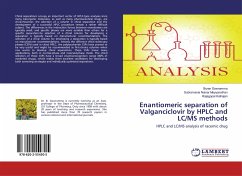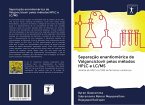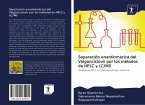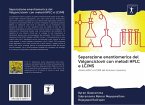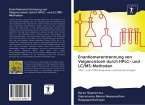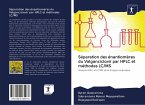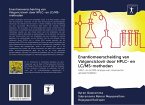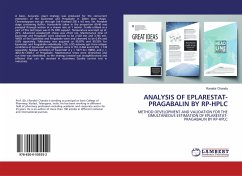Chiral separations occupy an important sector of HPLC-type analyses since many bioorganic molecules, as well as many pharmaceutical drugs, are chiral.However, the selection of a column in chiral separation and the development of a successful HPLC procedure remain a rather difficult subject. The differences in the interaction forces between enantiomers are typically small, and specific phases are more suitable than others for a specific separation.he selection of a chiral column for developing a separation is typically based on manufacturer recommendations. The selection of a chiral column for developing a separation is typically based on manufacturer recommendations. Among the different chiral stationary phases (CSPs) used in chiral HPLC, the polysaccharide CSPs have proved to be very useful and might be recommended as first-choice columns when one wants to develop chiral separations. These CSPs know many applications, both in normal-phase and reversed-phase mode. The chiral selectors of these CSPs have a broad enantiorecognition range (80% of marketed drugs), which makes them excellent candidates for developing both screening strategies and individually optimized separations.
Bitte wählen Sie Ihr Anliegen aus.
Rechnungen
Retourenschein anfordern
Bestellstatus
Storno

